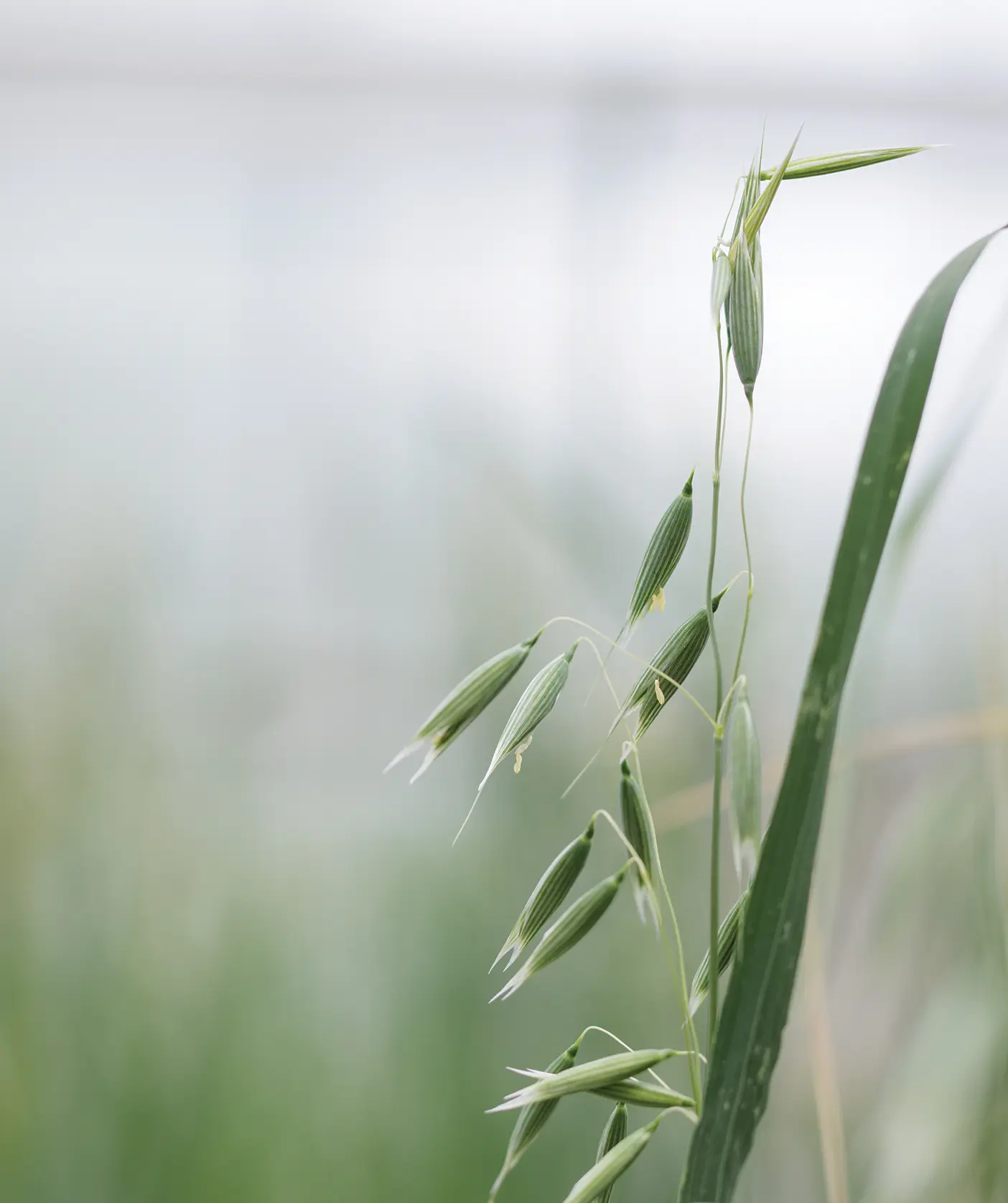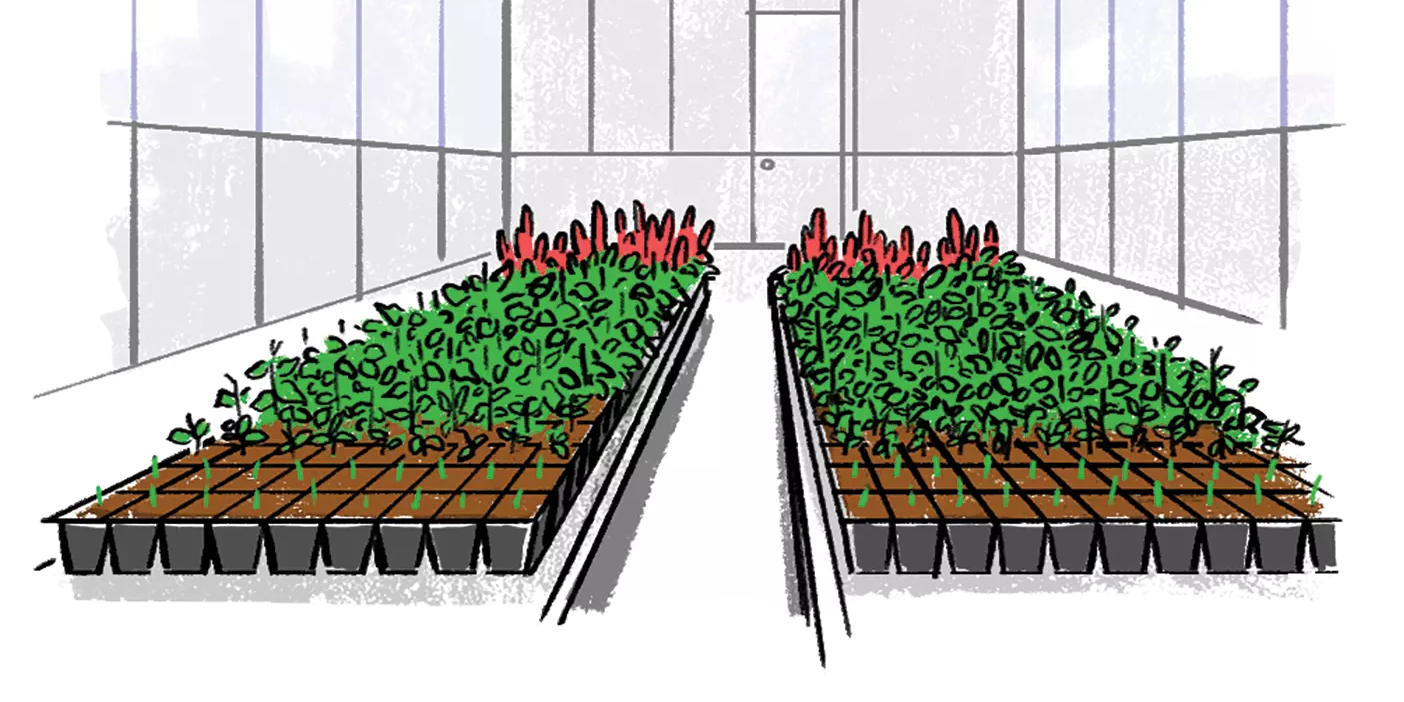The common oat is at the forefront of an effort to feed the future, thanks to new genetic research.
BYU professors Eric N. Jellen (BS ’86) and P. Jeff Maughan (BS ’90, MS ’91) played a key role as members of an international team who outlined a complete map of the modern oat plant’s genetic blueprint. Their work made the cover of the prestigious journal Nature in May 2022.

With a deeper understanding of the oat genome, crop scientists and farmers can more reliably breed strains optimized for a changing climate and a hungry world.
21: Number of chromosome pairs in the modern oat (Avena sativa)—a genome three times that of a human’s. This complexity enabled oats “to adapt to rapidly changing conditions” millions of years ago, Jellen says. Unfortunately, it also complicated breeding for yield, nutrition, and drought resistance. Knowing the genome changes that.
5 grams: Protein content of a cup of cooked old-fashioned oats. Oats are also high in beta-glucans, a dietary fiber that helps prevent heart disease. “Now that we know the blueprint behind oats,” Maughan says, “we’ll get even better nutritional value.”
10.4 billion: Projected world population for the year 2100. Mapping the oat genome is a crucial first step in creating a more diverse and resilient crop base for future generations, says Maughan. He hopes cultivating a high-yield oat breed will contribute to ending world hunger.
Increased Yield: Without a clear understanding of underlying genetics, farmers who cross strains of oats risk creating breeds with low genetic diversity, which causes sterility. “Now we know exactly where those impediments are,” Jellen says.
Waxy coat: Oats boast a layer of waxy protection that conserves water. This becomes useful “when we start thinking about changes in environment or global warming,” Maughan says.












